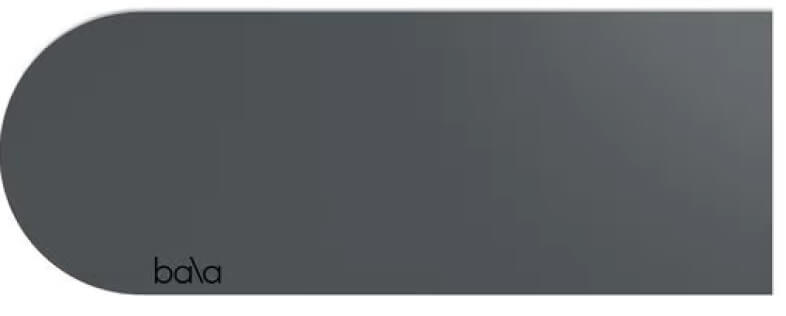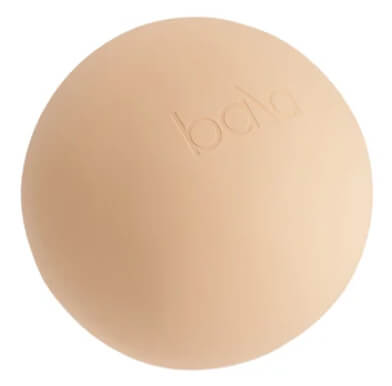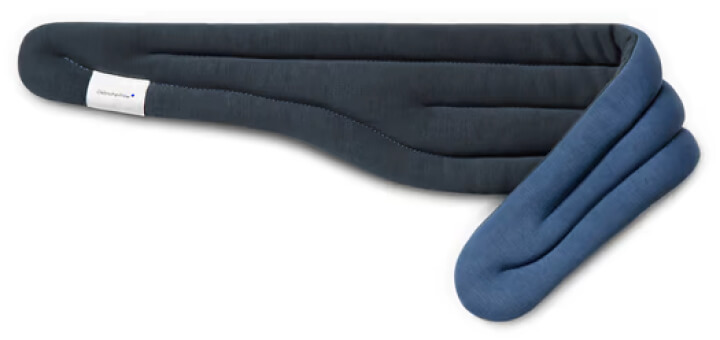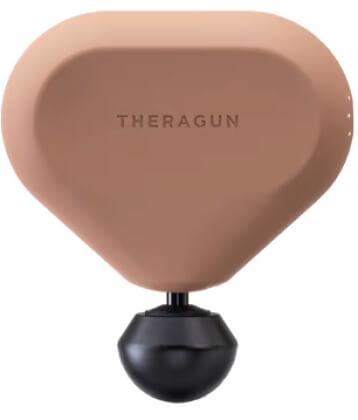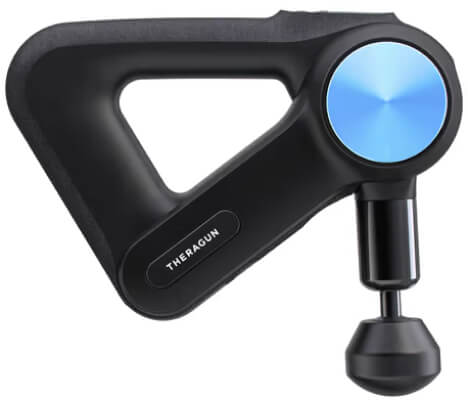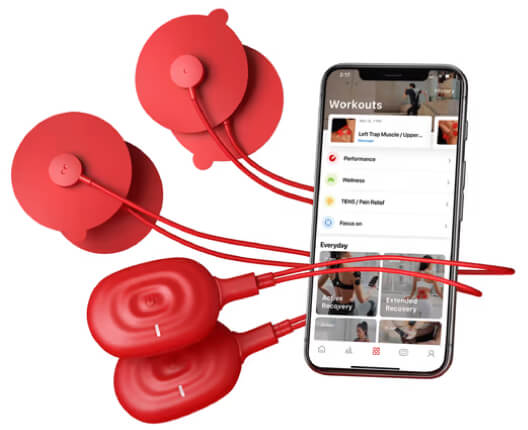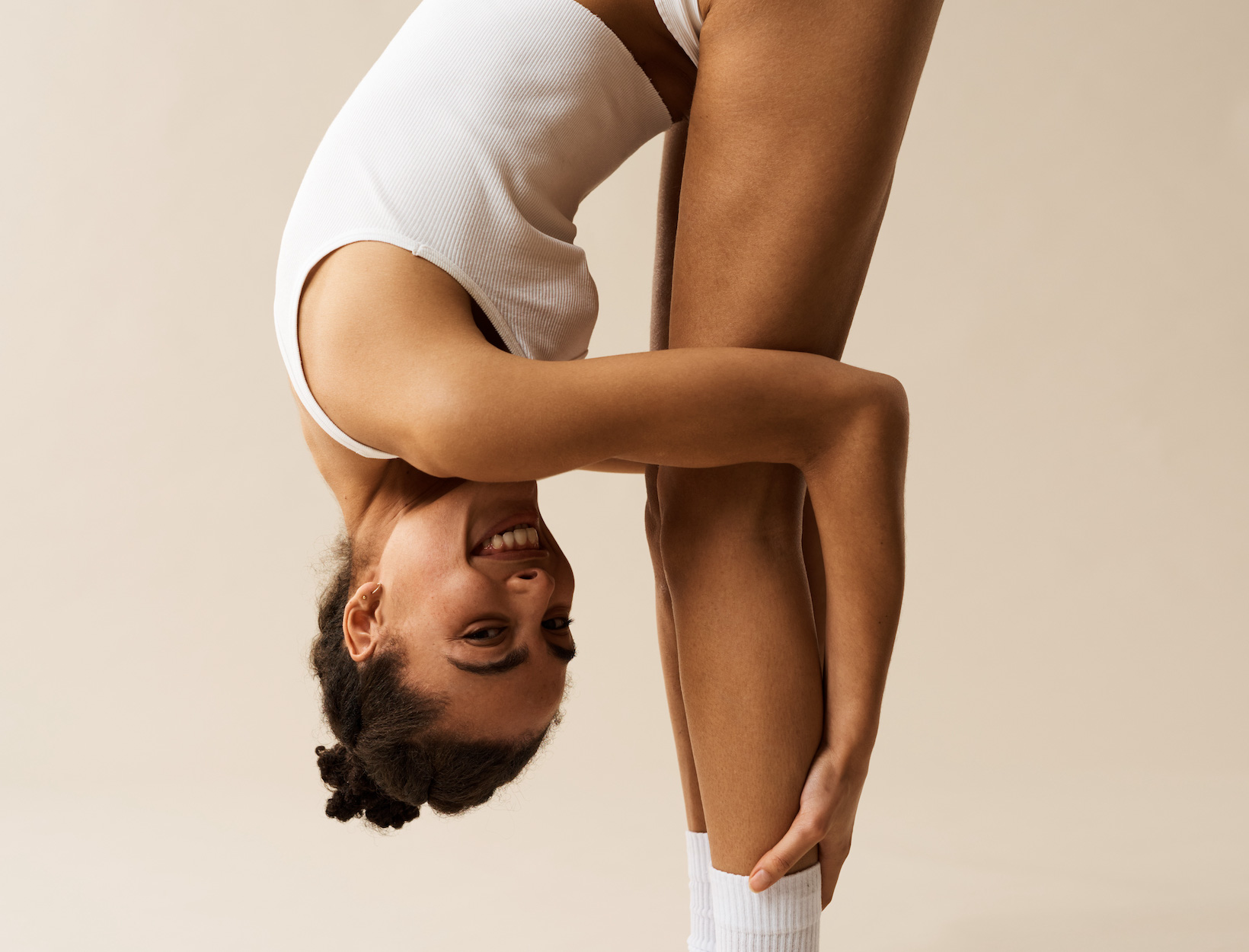
Photo courtesy of David Cohen de Lara/The Licensing Project
10 Tips for Increasing Flexibility and Mobility
By Denise John, PhD
Most of us lose flexibility as we age, but it’s never too late to gain some back. Staying flexible (or at least somewhat so) can help prevent injuries, relieve back pain, and create better balance. Flexibility can also help with movements like reaching, bending, or stooping, which are particularly useful as we move throughout our day.
But before diving into how to increase flexibility, we must first talk about mobility. According to stretch experts, flexibility and mobility go hand in hand. “Mobility is the range of motion that you have within a joint,” says certified athletic trainer Kho Roberts. “Ideally, you’ll have as much mobility as the joint is intended to have. Flexibility is your muscle’s ability to elongate or lengthen, which affects your mobility, too.”
Whether you simply want to touch your toes again or long for neck and back pain relief, here are tips and tools to keep in mind for effective stretching.
1
Choose the right stretches
Choosing the most effective stretches to help you increase flexibility is key. Incorrect stretching can cause more tension or limit your results. A stretch should feel somewhat relaxing and release muscle tension. “If you feel pinching or sharp pain while stretching, I strongly recommend that you seek a mobility specialist or your doctor for help. Pain is our body’s way of letting us know that something is not right,” says occupational therapist Lindsay Sudell.
Physical therapist Paul Tran says that because our bodies are multidimensional, rotational stretching is more effective than unilateral stretching, which addresses one plane of the body. Our bodies need to turn, twist, and bend to perform our everyday tasks. Rotational stretching allows the body to practice these moves so we can do them more easily in real time.
2
Hold your stretches
Once you’ve established the best stretch, hold the stretch for 30 to 60 seconds. “Holding a stretch for at least 30 seconds allows your muscles to reset their stretching limitations via a feedback loop between the brain and the nerve innervation of the muscle fibers. Shorter stretches do not provide enough time to increase your progress toward flexibility,” says Roberts.
3
Avoid overstretching
You don’t need to stretch for extended periods of time. “Many people think that they need to stretch for an hour each day to gain flexibility, but you can increase your flexibility with small bouts of regular stretching,” says Roberts.
Stretching for shorter amounts is helpful, and it can be a better use of your time. In some cases, says Tran, stretching for long periods of time—especially while doing the wrong type of stretch—can increase tightness instead of improving flexibility.
4
Release muscular knots
It’s important that the knots in our muscles (or what Tran calls trigger points) are released—they can cause inflexibility and lead to pain and injury. Tran says, “They can be released through stretch therapy or acupuncture or on your own with a firm ball, like a lacrosse or medicine ball.”
5
Take deep breaths
Being aware of your breathing while you stretch helps you relax the entire body, allowing for a deeper stretch.
6
Create proper desk ergonomics
Sitting at a desk all day can put stress on your neck and shoulders and create tightness in your hips and calves. Having appropriate desk ergonomics can make a huge impact over time. Sudell is a fan of standing desks, because changing positions helps to prevent tightness throughout the body. She recommends alternating between three positions: standing, sitting, and half kneeling (i.e., with one knee on the ground, supported by a pillow, and the other leg bent and angled to the side). “Just make sure not to stand on one leg with your hip popped. Doing so puts lots of pressure on the ligaments of your hip, which is not good,” Sudell says. “Standing on both legs distributes your weight properly.”
7
Incorporate heat
Heat can increase circulation and help the muscles relax. “Whether you’re able to warm up your muscles before stretching with physical activity, a hot shower, or a heat pack, it can increase the pliability of the tissue and allow for a deeper stretch,” Sudell says.
-
goop Picks
Ostrichpillow
Heated Neck Wrap
goop, $45A weighted, heated neck wrap mimics deep-pressure touch to soothe your muscles—whenever your shoulders can use a little love.
SHOP NOW -
HealthyLine
Gemstone Heat Therapy Mat
goop, $1,049An at-home spa mat with five natural therapies, including hot gemstones, red light, and infrared heat.
SHOP NOW
8
Massage your muscles
“I like anything practical that can help, like the Theragun massagers. You just press a button and you can quickly help your muscles loosen up,” says Roberts.
-
goop Picks
Therabody
Theragun Mini Rose
goop, $199The Theragun you can pack in your gym bag.
SHOP NOW -
Therabody
Theragun Pro
goop, $599A professional-grade percussive massager—quieter than previous models, easier to adjust than ever, and Bluetooth-enabled to pair seamlessly with the Therabody app.
SHOP NOW -
Therabody
PowerDot 2.0 Duo
goop, $349These electrical-stimulation pads are designed to help temporarily relieve muscle pain. And they can be used just about anywhere.
SHOP NOW
9
Do yoga
Of course, doing activities that promote flexibility, like yoga and Pilates, is helpful, too.
-
goop Pick
Manduka
GRP Yoga Mat
goop, $130This mat is a slip-prevention staple: It allows you to focus more on moves and less on making mat adjustments. Plus, it has a good cushion for support. You can conveniently stretch along with Kyle Miller or Adriene Mishler at home or on the go.
SHOP NOW
10
Stretch with a therapist
Creating a tailored stretching plan with a therapist helps you achieve your desired flexibility and mobility. “You get the most effective stretching when you’re physically relaxed (mentally and emotionally, too), doing the appropriate stretches for your needs, and holding the stretch for enough time,” Roberts says. “A stretch therapist can help you incorporate all these.”
Related Reading
This article is for informational purposes only, even if and regardless of whether it features the advice of physicians and medical practitioners. This article is not, nor is it intended to be, a substitute for professional medical advice, diagnosis, or treatment and should never be relied upon for specific medical advice. The views expressed in this article are the views of the expert and do not necessarily represent the views of goop.


